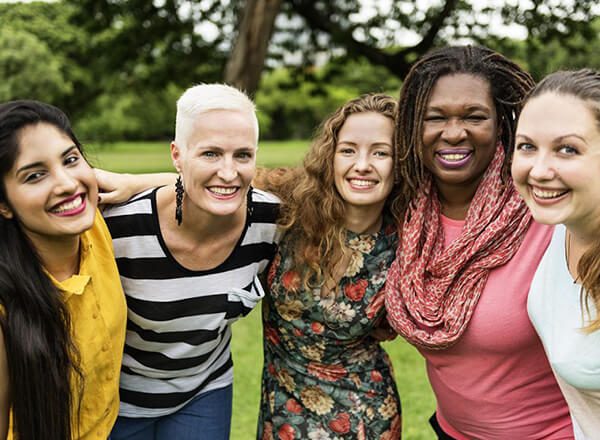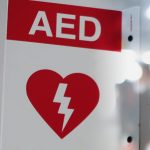Awareness of critical medical issues is key to overcoming disparities in healthcare. It's crucial to highlight an issue that often goes unnoticed: gender disparities in bystander CPR response.
Heart disease is the leading cause of death for women in the U.S., claiming more lives each year than all forms of cancer combined. Despite advancements in medical science and awareness campaigns, bystanders are less likely to perform CPR on women experiencing sudden cardiac arrest, reducing their chances of survival. For example, one study found that women were almost 30% less likely to receive bystander CPR than men. This disparity isn't merely a statistic but a reflection of deep-rooted misconceptions.
Misconceptions Influencing Bystander CPR on Women
CPR is a vital intervention that can mean the difference between life and death. In 2022, the American Heart Association released a scientific statement acknowledging that bystander CPR almost doubles a person's chance of survival. But many people are hesitant to perform CPR or use automated external defibrillators (AEDs) on women. Surprisingly, this even extends to avatars used during training sessions. The reasons behind this hesitancy are multifaceted:
- Fears of being accused of inappropriate touching
- Fears of causing physical harm
- Mistakenly believing women are less likely to experience cardiac emergencies
According to Mayo Clinic, women are just as susceptible to heart disease as men, if not more. Heart attack symptoms can be different in women, often presenting as unusual chest pain or discomfort, shortness of breath, nausea or fatigue. This lack of awareness about the signs and symptoms of heart disease in women underscores the urgent need for education and advocacy.
Improving Gender Disparities in Bystander CPR
As more people develop the confidence to perform CPR, the likelihood of positive outcomes for women increases. To reverse the trend of gender disparities in bystander CPR response, several steps must be taken.
Raise Awareness
Education is key. Clinicians must raise awareness about the prevalence of heart disease in women and the importance of bystander CPR in saving lives. Women's Health Awareness Month in May provides an excellent opportunity to start conversations and disseminate information on the individual level and throughout the community. Healthcare providers can discuss women's heart health with patients or point them to local CPR training classes. Public events, such as a 5K fun run, can also help raise awareness.
Enhance Training Opportunities
CPR training should be accessible to everyone, regardless of gender or skill level. Training programs should address gender biases and equip participants with the skills, knowledge and confidence to respond effectively in emergencies. The Resuscitation Quality Improvement (RQI) Program offers a low-dose, high-frequency training model that helps learners develop and retain CPR skills.
Advocate for Change
Advocacy plays a crucial role in improving the response to sudden cardiac arrest for everyone. Healthcare providers, patients and their loved ones must advocate for policies and initiatives that prioritize women's heart health and address gender disparities in CPR.
5 Steps to Perform CPR on Women
Performing CPR on a woman follows the same fundamental steps as CPR on a man.
1. Assess the Situation
Check for responsiveness and breathing.2. Call for Help
If someone is nearby, instruct them to call emergency services while you initiate CPR.3. Perform Chest Compressions
Place the heel of one hand in the center of the woman's chest, and push hard and fast. Chest compressions should reach a depth of at least 2 inches at a rate of 100 to 120 compressions each minute.4. Administer Rescue Breaths
Tilt the woman's head back slightly, lift her chin and give two breaths that each last one second and make the chest rise.5. Continue CPR
Alternate between chest compressions and rescue breaths until help arrives.Focusing on Women's Heart Health
Gender should never be a barrier to lifesaving care. By debunking myths, raising awareness and enhancing training opportunities, we can empower bystanders to take action and save lives. This will help ensure every woman has an equal chance of survival in the face of sudden cardiac arrest.








